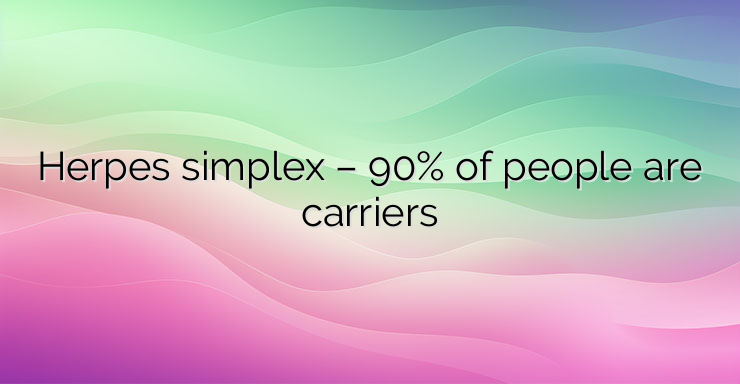Hey there! Ever heard of herpesviruses? They’re these sneaky double-stranded DNA viruses that cause all sorts of skin issues. There are a few types, each with its own quirks.
First up, we’ve got the α-herpes viruses. These guys are quick replicators and can infect a wide range of hosts. After they sneak into your system, they like to hang out in your nerve ganglia, just chilling until they decide to make a comeback. Think herpes simplex type 1 and 2, and the nasty type 3 that brings on herpes zoster.
Then there are the β-herpesviruses. They’re slowpokes when it comes to replicating and don’t have a big host range. Cytomegalovirus, herpes virus type 6, and type 7 fall into this group.
Lastly, we’ve got the γ-herpesviruses. These guys have their own schedule for replication and don’t hang out with many hosts. Epstein-Barr virus (type 4) and type 8 are the main players here, often linked with serious diseases.
Now, let’s talk about the most common troublemaker: herpes simplex. Nearly 90% of the world carries type 1 or 2, with about 30% facing recurring infections. Type 1 tends to pop up more on the upper half of the body, while type 2 prefers the lower half.
Transmission? Airborne droplets or sexual contact. Once it’s in, it takes about 6 to 8 days to show itself. The virus sneaks in through your skin or mucous membranes and starts replicating like there’s no tomorrow. Then it hitches a ride along your nerves to chill in your ganglia until it’s ready to strike again.
Now, onto the forms it takes. Ever heard of gingivostomatitis? It’s like a nasty surprise party for your mouth, especially common in kids. Fever, swollen and painful mouth, and those delightful little fluid-filled blisters that turn into painful sores.
Genital herpes is another fun one, usually thanks to type 2. It hits young women with an active sex life. Fever, pain, and trouble urinating accompany the appearance of grouped blisters in the nether regions.
And let’s not forget about recurrences. They can happen for various reasons – maybe your immune system’s having an off day, or the sun’s shining a bit too bright. Whatever the cause, it’s like deja vu all over again, with the same symptoms showing up in the same (or different) spots.
Treatment? Antiviral drugs are the go-to, tailored to where and how severe the infection is. If you’re dealing with more than six recurrences a year, long-term prevention with antivirals and immune boosters might be on the cards.


Leave a Reply